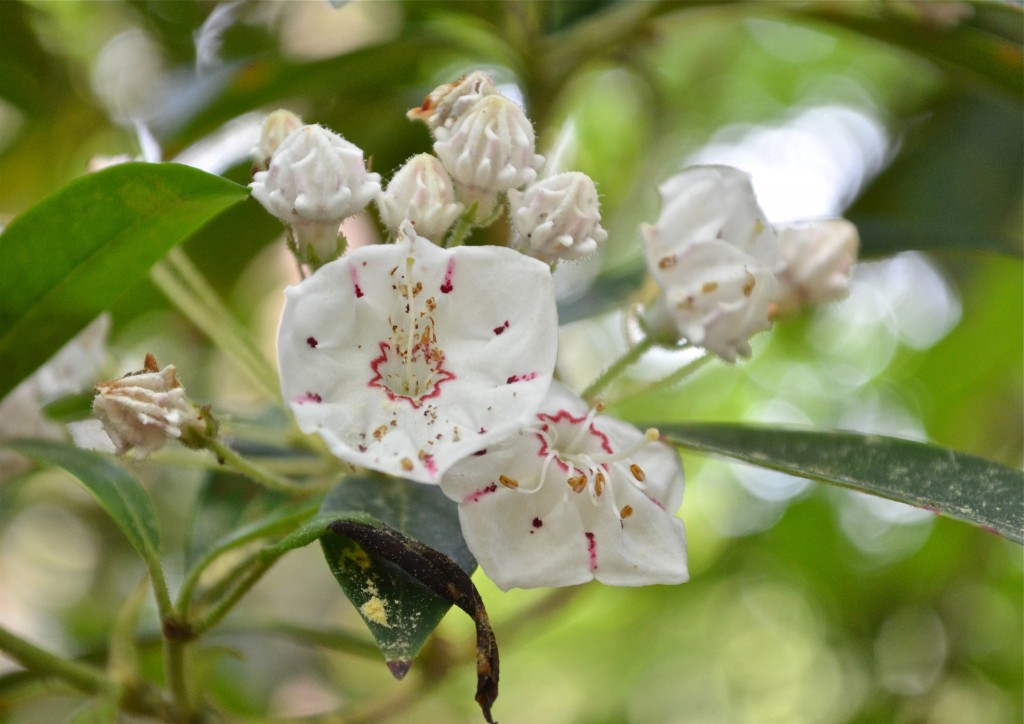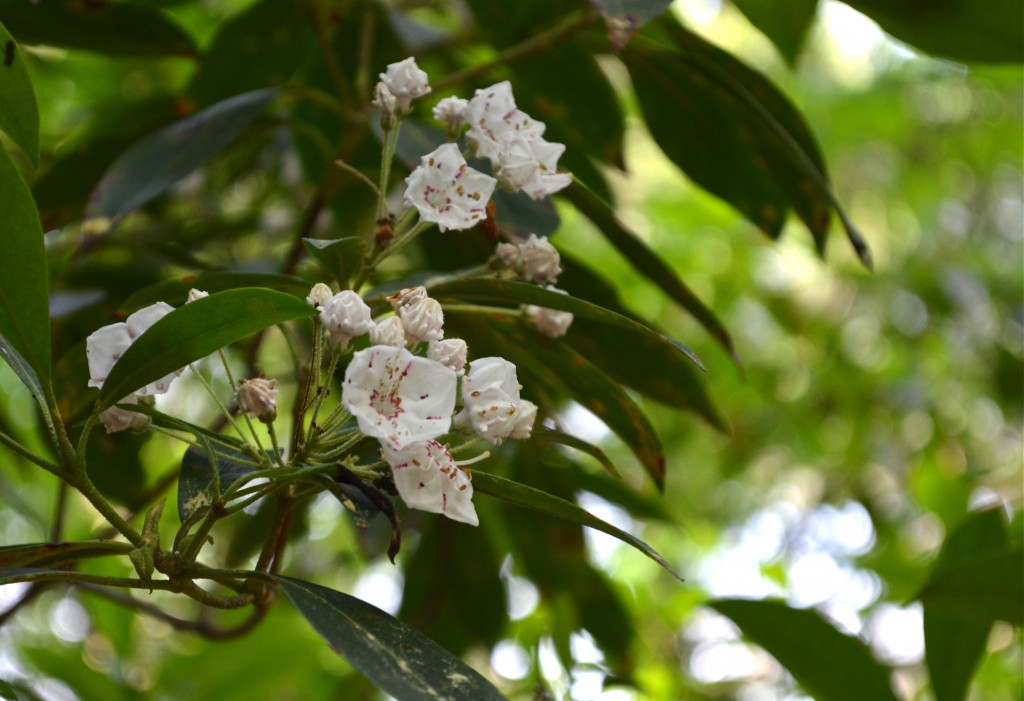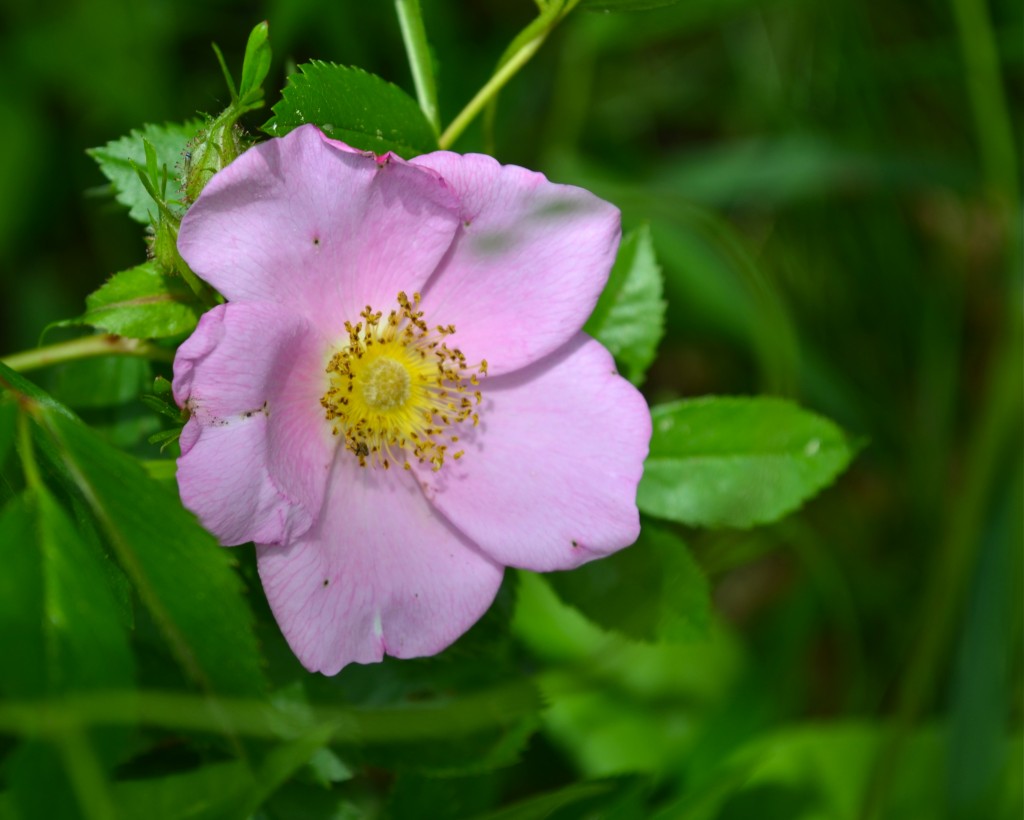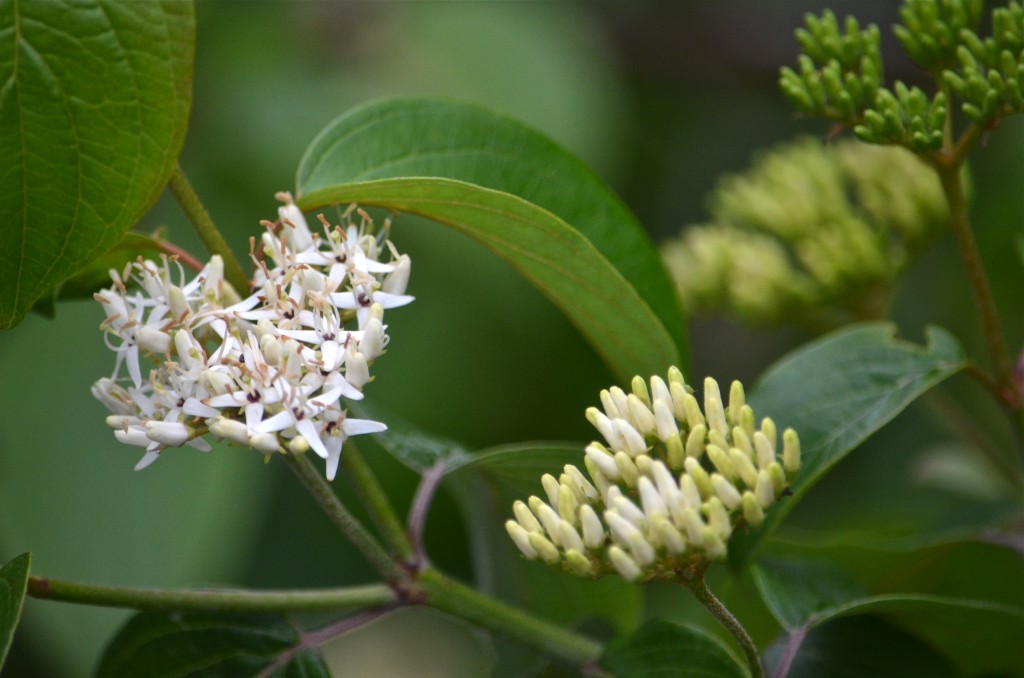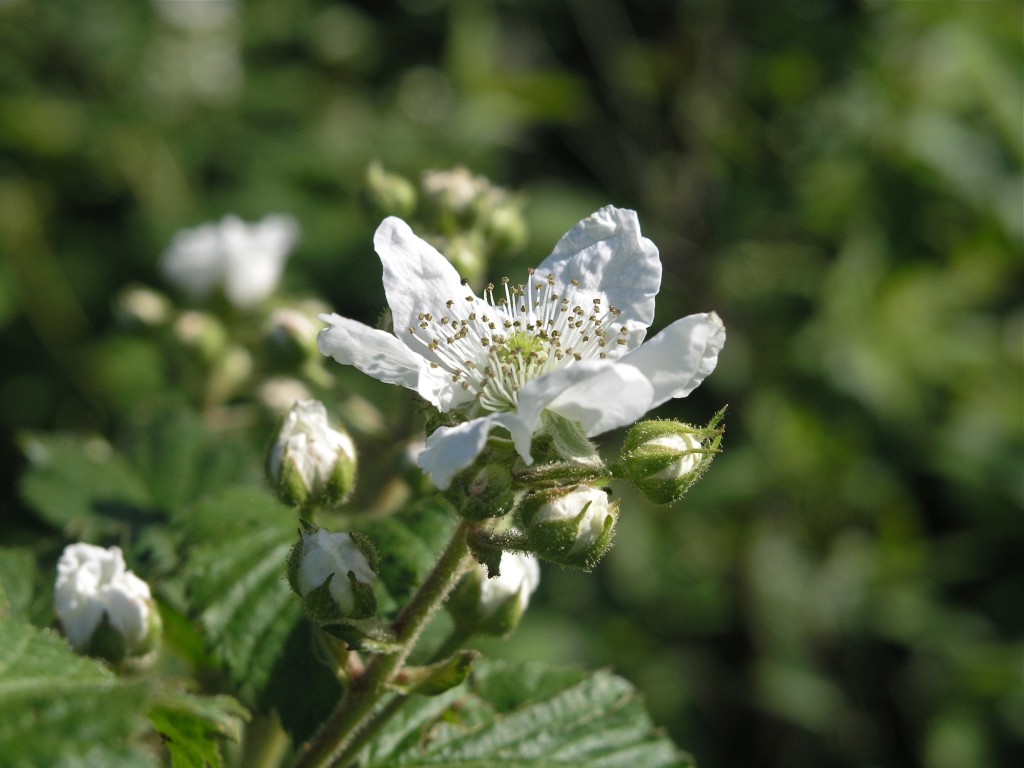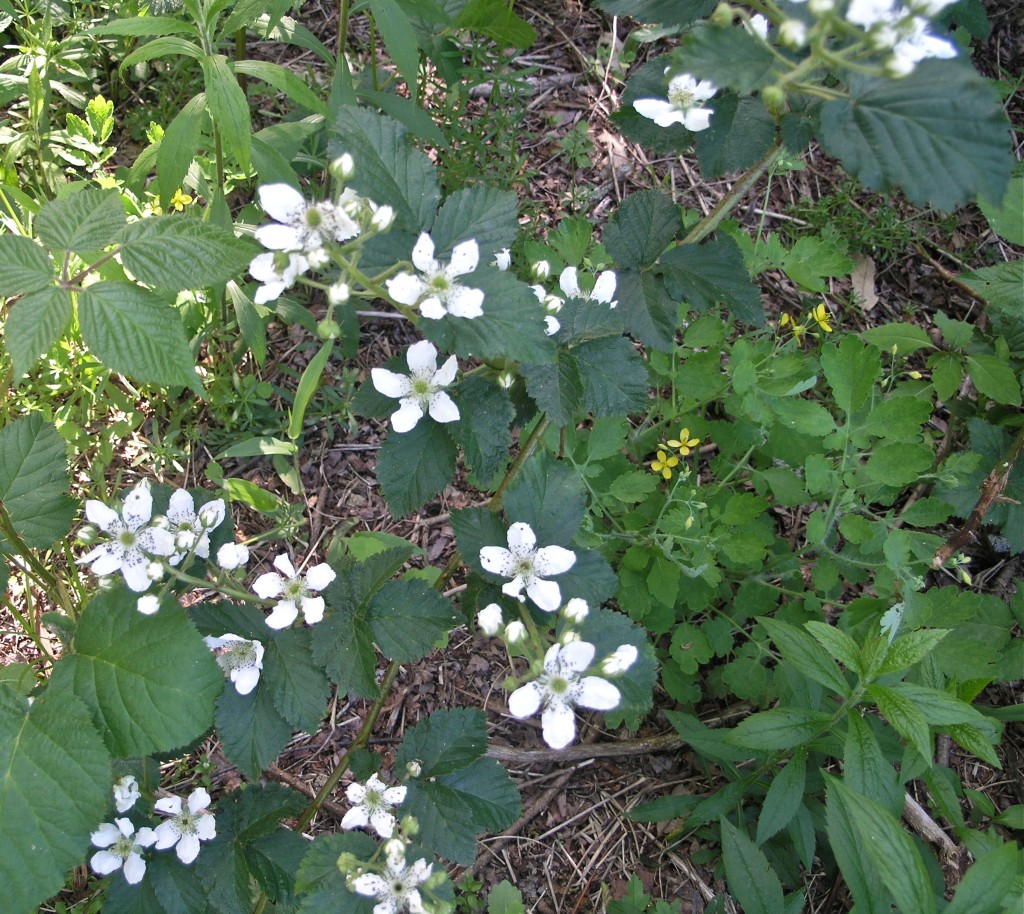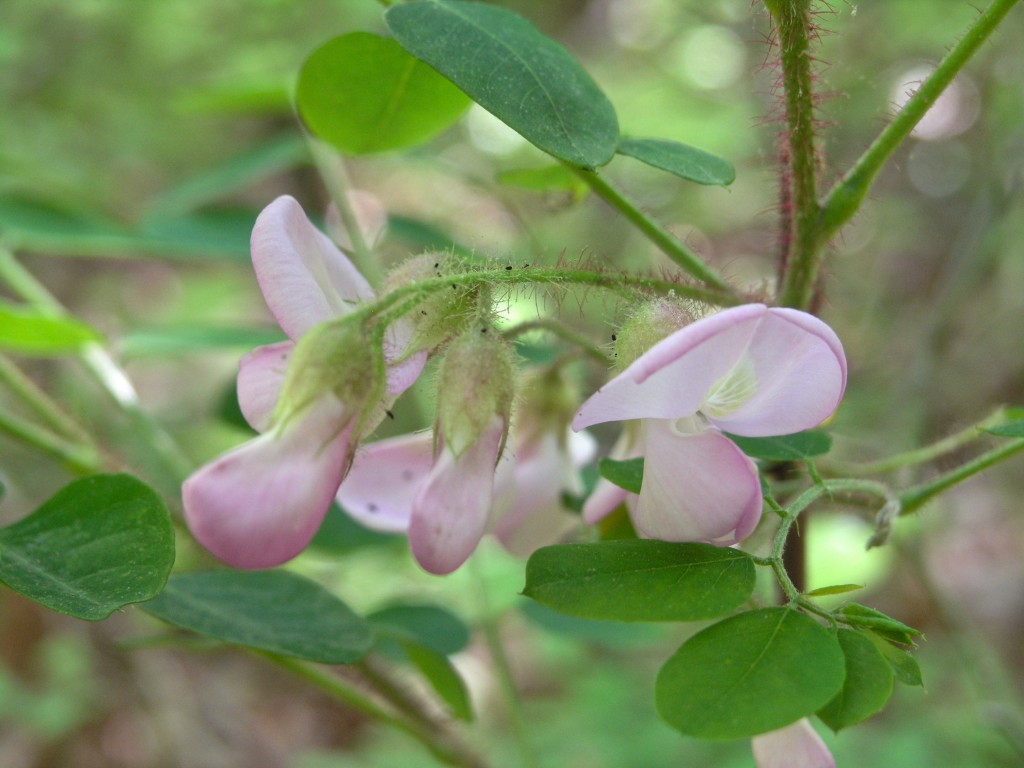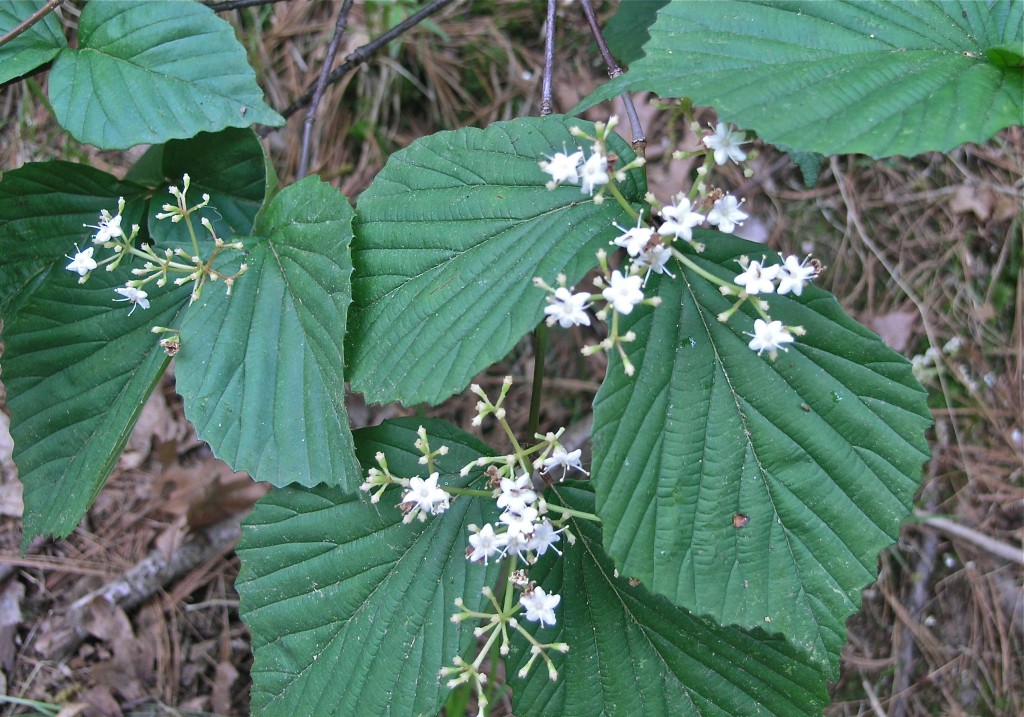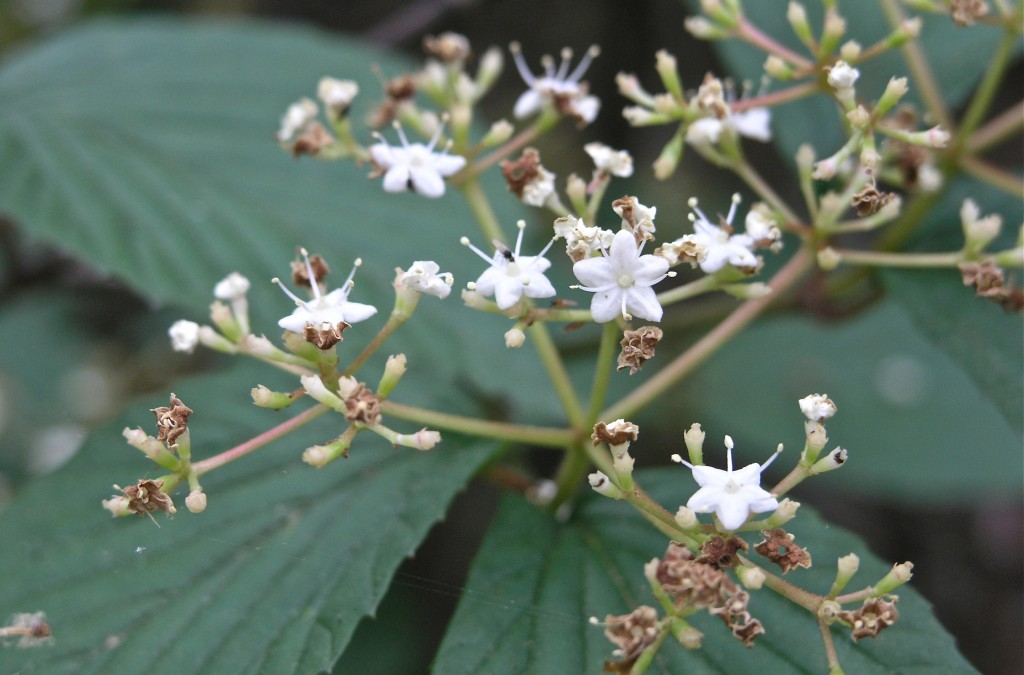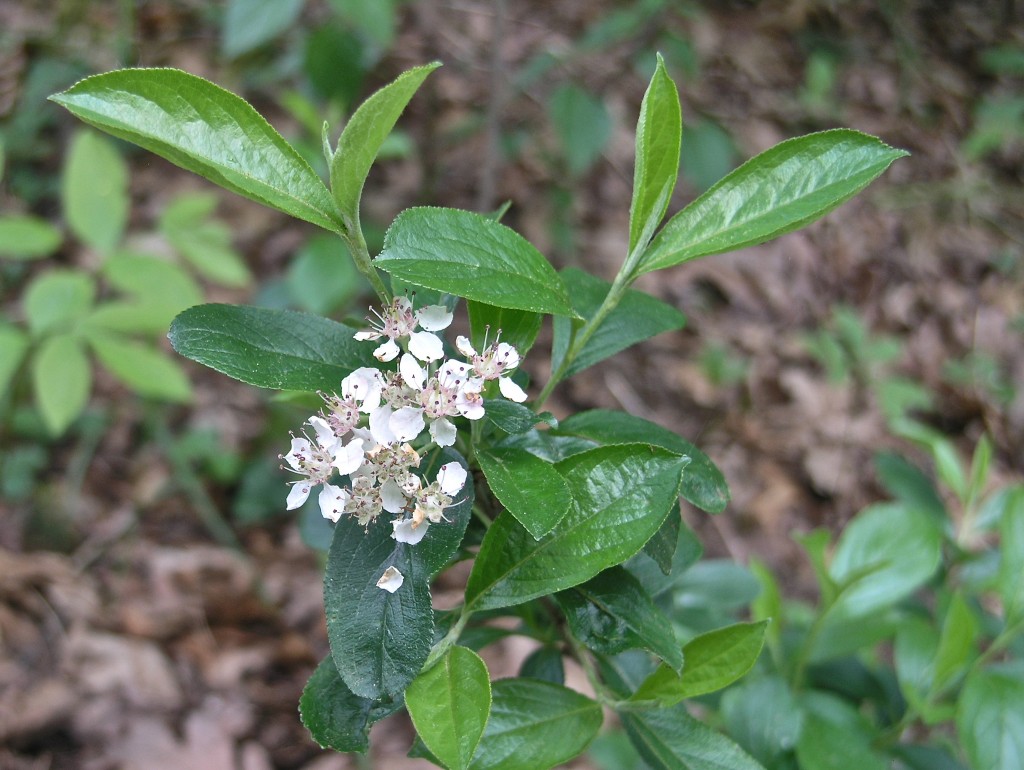Category Archives: Shrubs and bushes
Swamp Rose
Silky Dogwood
High Bush Cranberry
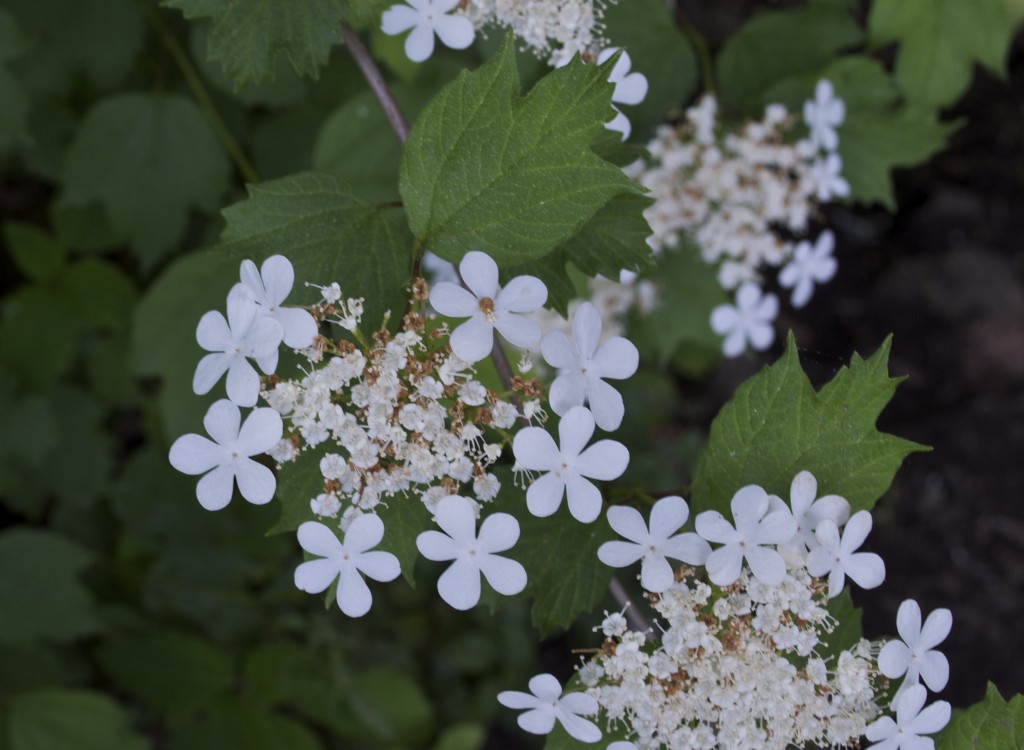
I originally identified this as maple-leaved viburnum, but with further research, it’s looking like this is High Bush Cranberry — based on the size (and shape) of the flowers relative to the leaves. We’ll know for sure in the fall — cranberries will have edible red fruit and the viburnum will have purple black fruit. This is growing everywhere at Centennial. A low shrub. Native to North America, and not a true cranberry, but a species of viburnum.
High Bush Cranberry (Viburnum opulus)
Common Blackberry
There are a lot of these blooming at Centennial. I was trying to identify them as roses, but actually– they’re blackberries. The canes arch and bend downward to send new roots into the ground. No fragrance. Fruits are seedy and sweet. The nectar, pollen and fruits attract many kinds of bees, flies, beetles, caterpillars, birds and mammals. Also the brambles form shelter for many ground-nesting birds and other small creatures… so the value of this plant to its local ecosystem is high.
Common Blackberry (Rubus allegheniensis)
Bristly Locust
Arrowwood Viburnum
Chokeberry
Not sure if this is Red or Purple Chokeberry. They are cultivated as ornamental plants! The name chokeberry refers to the astringency of the fruits which must be cooked — they’re used for wine, jam, syrup, tea, etc. (Birds do not mind the astringency and eat them freely.) Rose family. Native. (Thanks to Alert Flowerophile John for loaning me his Newcomb Guide, which helped me identify this plant.)
Chokeberry (Pyrus)
Common Barberry
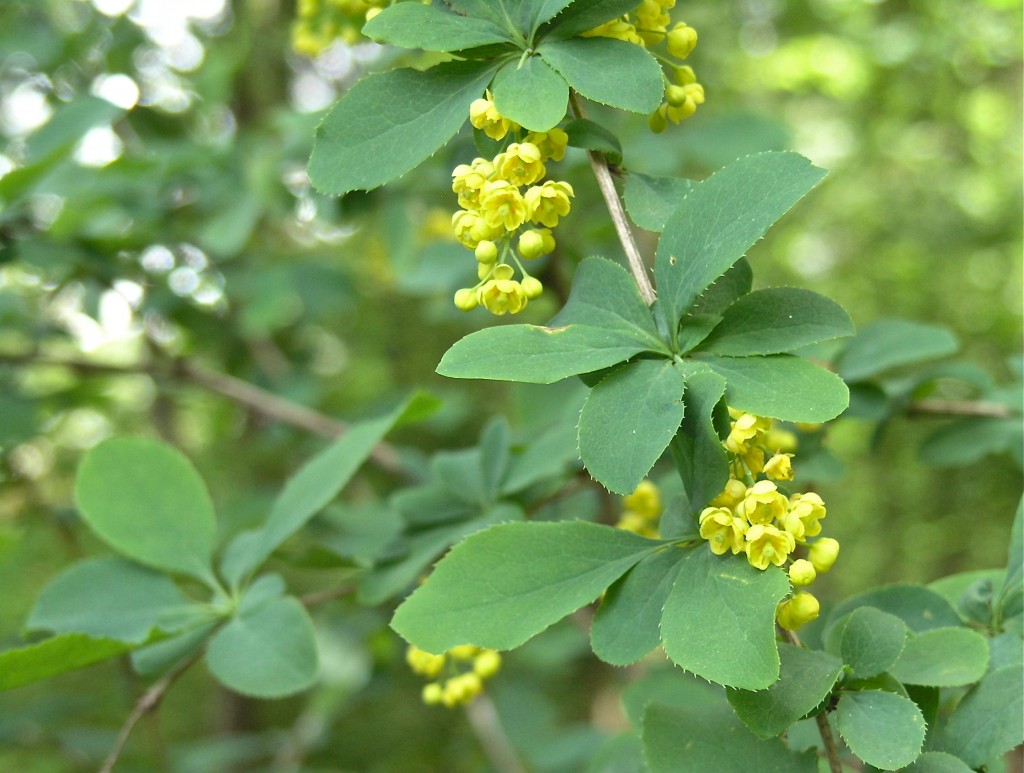 This is growing in the woods behind our house. Like so many things this spring, I’ve never noticed it blooming before, but it’s quite lovely. Barberry family. Origin: Europe. Compare to earlier post on Japanese Barberry — this one is evidently not a bad marauding invader. Just an invader.
This is growing in the woods behind our house. Like so many things this spring, I’ve never noticed it blooming before, but it’s quite lovely. Barberry family. Origin: Europe. Compare to earlier post on Japanese Barberry — this one is evidently not a bad marauding invader. Just an invader.
Common Barberry (Berberis vulgaris)
Tartarian Honeysuckle
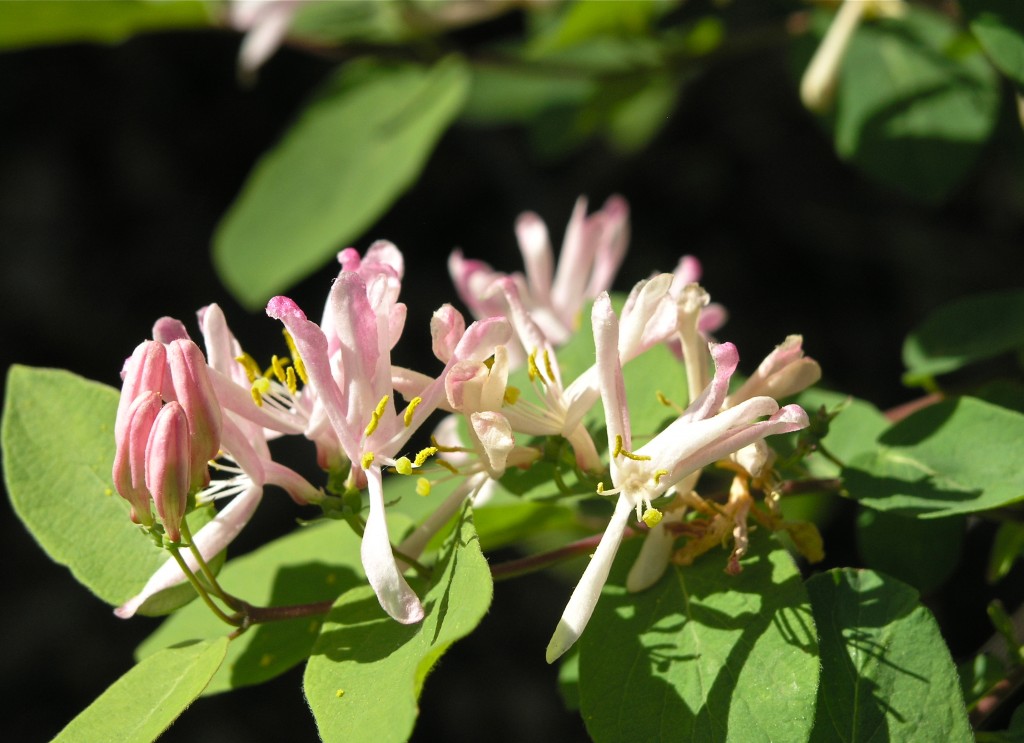 This looks a lot like the Morrow Honeysuckle, but it’s pink, found on Fisher Street in Needham. It’s an exotic invasive bush honeysuckle. Evidently all native honeysuckle species are vines. This variety was introduced to North America as an ornamental in 1752. (I wonder what the story is there.)
This looks a lot like the Morrow Honeysuckle, but it’s pink, found on Fisher Street in Needham. It’s an exotic invasive bush honeysuckle. Evidently all native honeysuckle species are vines. This variety was introduced to North America as an ornamental in 1752. (I wonder what the story is there.)
Tartarian Honeysuckle (Lonicera tatarica)

